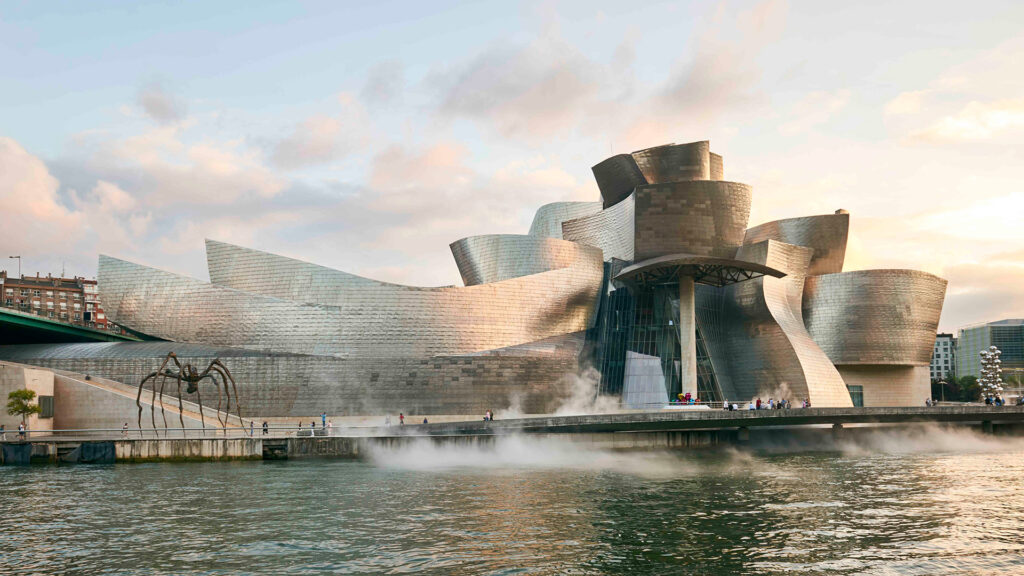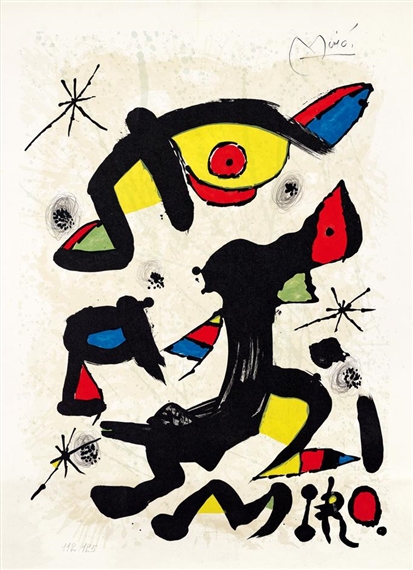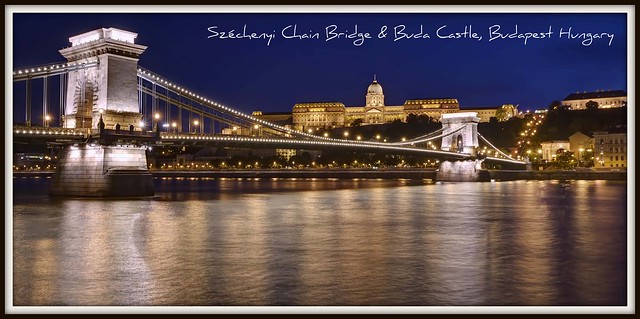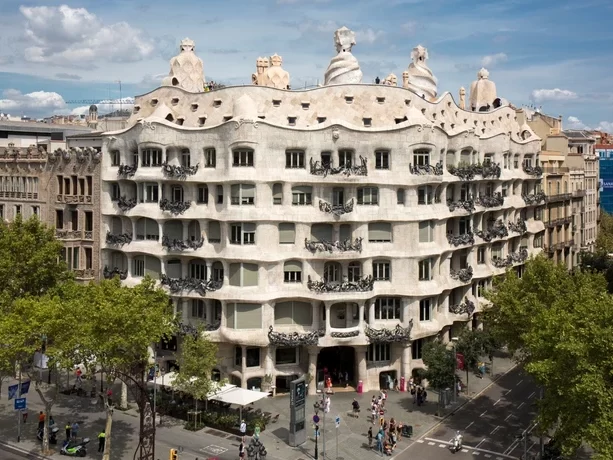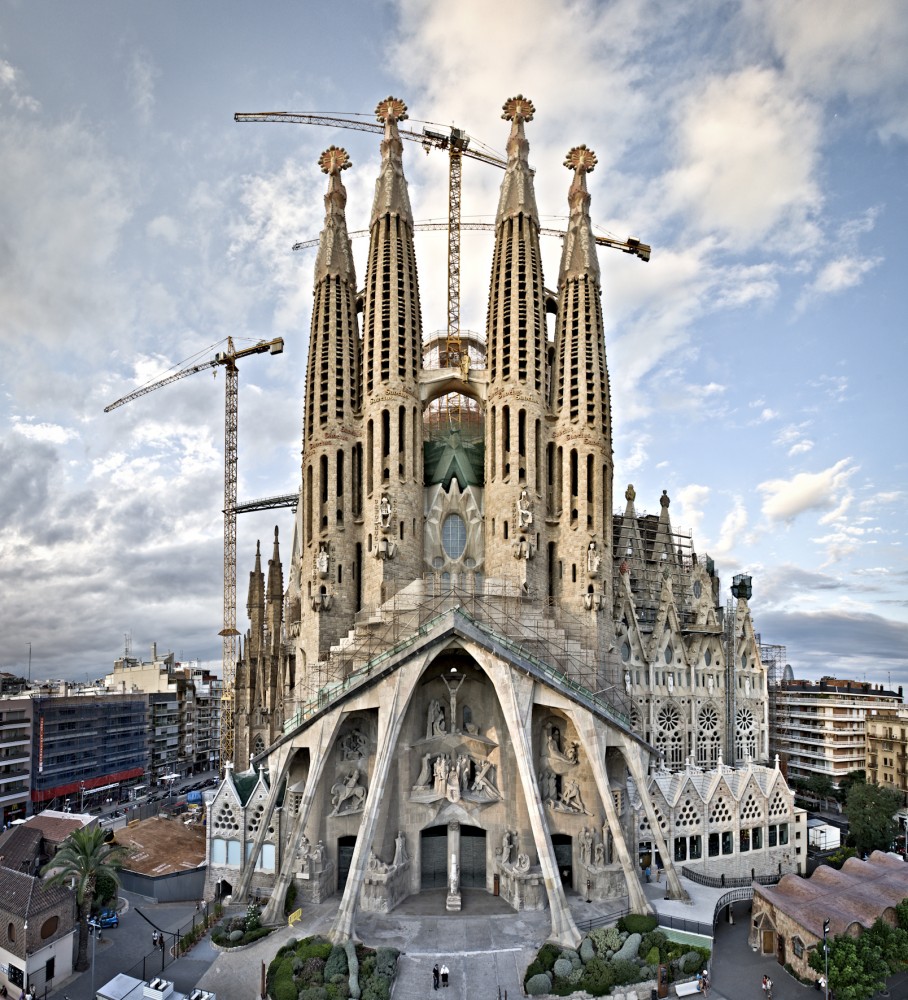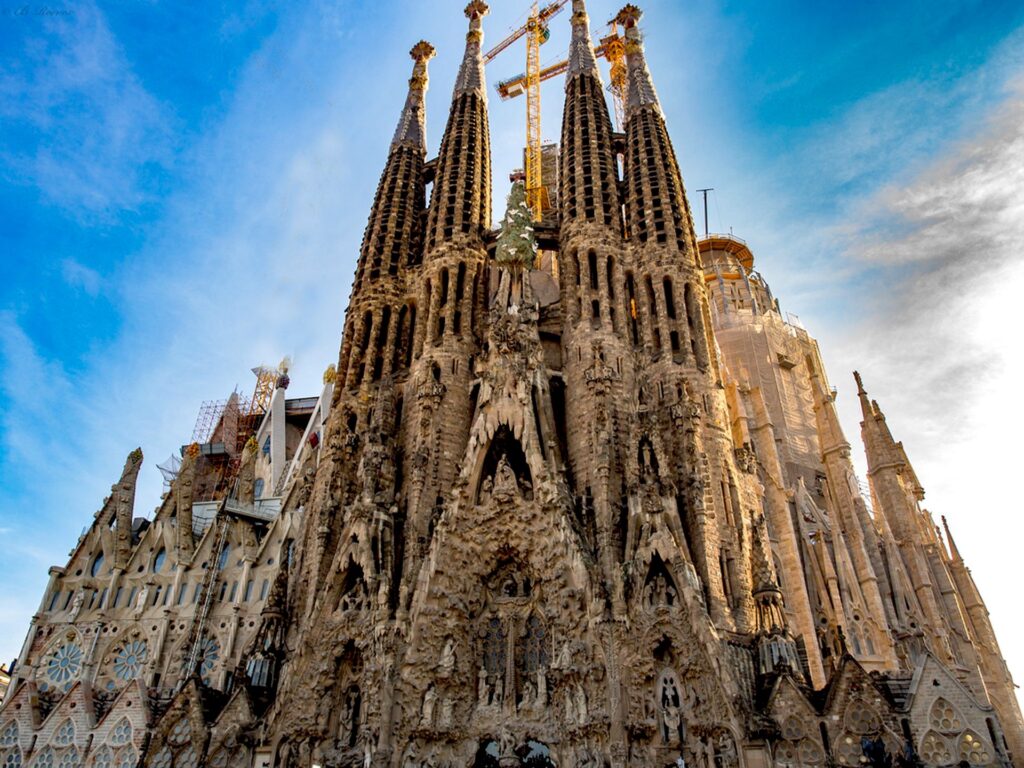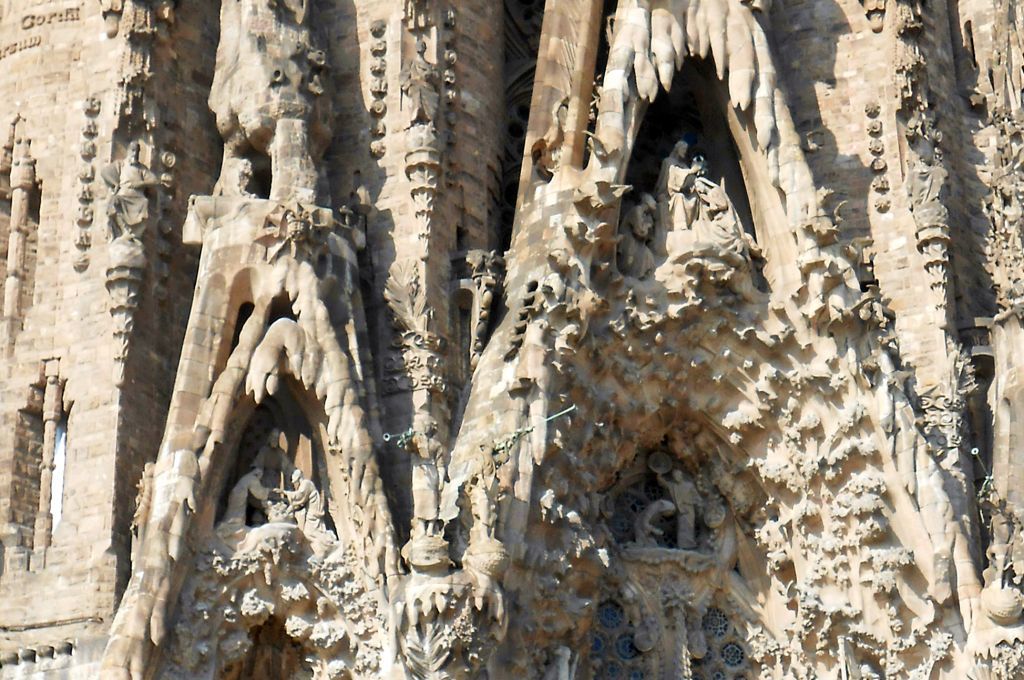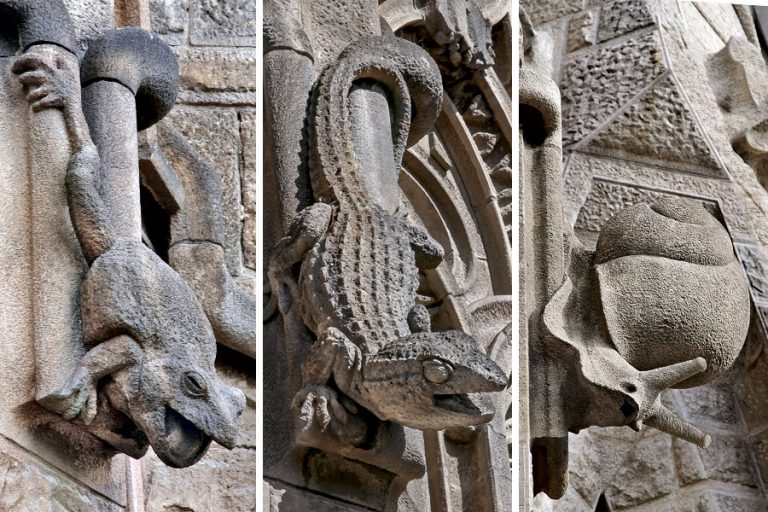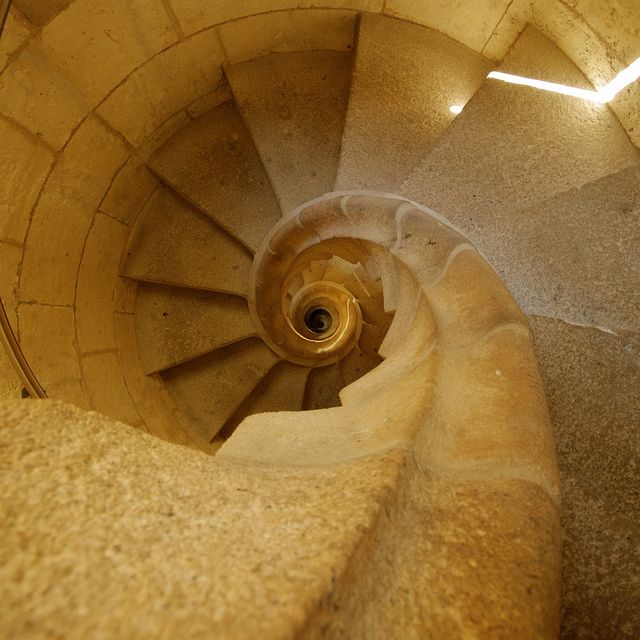
“A vacation is an expensive way to read a book in peace”
– @naval
One of my summer reads this year was Dan Brown’s novel “Origin”, the fifth book in the (Robert) Langdon series. It has been sitting in the reading waiting list for a while, and it was pushed down the pipeline by other books in the last couple of years..

I was encouraged to write something about the novel, not so much to review the book and its content, but because it was a great example and an opportunity to discuss some ideas and observations about cultural products and cultural creativity (this is more exciting than it sounds).
Advice: Chose Wisely, and Hold the Line (but not for too long)
First – a reflection and a lesson: I was about to drop reading the book because the initial few chapters were somehow boring/annoying (but that’s a very subjective judgement – from the start I felt it included so many clichés and forced/disconnected random trivia).
I pushed through because of the 30% rule: I select books carefully, and once i do i don’t leave the book till I’ve read about a third because sometimes it takes some progress to clearly show what the writer is trying to do.
(so basically avoid rash and irresponsible book-ditching decisions, but by all means get bored and move on when you know you have to… life is too short).
Things improved a bit and i decided to continue reading. One of the themes that kept my attention was the descriptions of some artistic landmarks and architectural masterpieces, to which I’ve included references at the end of this post. A few interesting threads emerged, although the predictability was frequently painful.
The Novel as a Successful Cultural Product
This novel is definitely an example of a successful cultural product. This claim can be made regardless of its evaluation as an original work of art.
A ‘cultural product’ after all, is still a ‘product’, and subject to traditional managerial challenges of managing resources and generating optimal results with the available resources. The cultural and creative industries start from a work of art, but transform that into a product that can be produced, promoted, and distributed at an industrial scale.
(3 Books of the series have been transformed to big-screen films, one is on the way, and all the books have been best-sellers).
Here are some cultural industry characteristics evident in ‘Origin’:
1. Standard recipe: The novel followed a predictable template design. Many readers on review sites complained that this novel was too predictable and that the fixed formula for all the Langdon adventures was being followed precisely. The standard recipe for the novel/product included the plot development, the secondary characters, the resolution, and many of the cues and secondary story-lines.
1.1. Familiarity and the audience: This standard recipe is quite important on many levels. First it makes the ‘creative’ act of generating the cultural product easier. Why invent new and ‘weird’ things when there are things that we already know work? It is also good for audiences. Many people will gladly prefer to read (or watch) something they’re familiar with. It is mentally-taxing to explore and understand new things.

2. Intertextuality – or referencing other works of art (and stories and novels and books) is a great tool that provides connectivity, contexts, and opportunities for thinking and connecting different bits of knowledge and intellectual experiences.
3. The team: We say ‘By Dan Brown’ , but since reading ‘Inferno’ I was particularly intrigued by the big number of people who worked on this one book. This novel was not written by one person. It was connected by one person, who happens to be the star and the brand (author). In fact there is a complete team that ‘produces’ it [This is not necessarily a bad thing].
I remember a TV show host a few years ago making fun of a guy who had like 40 books to his name published in a few year (religious writer), and the latter openly admitted said that I don’t write this, we have teams. It is teams of people who stitch things up and do the ground research, and this allows for the maximal utility of the famous author’s brand name.
4. The artistic and originality dimension: With any work of art, or any cultural product, (the two are not the same thing) we frequently think about the ‘creative’ and ‘original’ value of what we’re interacting with. I’m not judging here, but I think that the structure and production processes of the work, and its eventual destiny have an effect on the perceived originality of the work… and I think this was partly behind why I had higher expectations for the work, compared to my experience with it.
General comments on content (no -big- spoilers, don’t worry!)
The author’s success and the vast popularity of his works probably dictate this, but the discussions on science and religion were almost infantile, to the degree that as the novel progresses the hyped revelations and discoveries that are to come turn to be very anti-climactic.
When reading for a few hundred pages about a discovery that will destroy religion, your mind starts running around and building hopeful (naively) imaginative scenarios. You discover that whoever wrote that simply has a very poor and limited old-man-in-the-clouds (who likes pottery) idea of god.
Jamming different scientific and technology facts, even though carrying informing potential, was done in a manner that appeared contrived, and makes the reader think that many of these passages were later inserted by someone other than person who was writing some of the passages (who is probably someone other than the person who thought of the flow). Entertainingly, the book was – in contrast to the referenced beautiful ‘organic’ architecture of Gaudi – very inorganic.
One of the staples of the ‘standard template’ form of writing (these novels) is the requirement of jumping through a few exotic places to intrigue the reader. This, sometimes, can turn comic. In this novel, the writer needs Jewish, Muslim, and Christian scholars to represent religion (why these three?). The Jewish lives in Hungary, the Christian in Spain (where the story happens), but guess where the Muslim Sufi scholar is from (this particular choice had to be either the cause of the ‘product’ dimension of the work, or extreme laziness on part of the writing team, even to read a few pages of history). Answer (Dubai / Near Dubai. Of all Muslim cities, this is where a Sufi scholar lived).
Comparable (but not nearly equal) levels of laziness can be found in choosing the synagogue and ruin bar area of Budapest, and the office in La casa Mila, etc…
Personal Opinion
I don’t think I’d be anxious to read the next book in the series because the artistic and informational value of this one was on the border (the entertainment value below). For 800 pages (which sometimes feel as hard work and ‘reveal this already … we all know’), the reward should have been higher. Maybe the artistic information value wasn’t exotic enough this time (it was – frequently – too familiar, and this too might be subjective), especially compared to ‘the lost symbol’ for example..
Personal Opinion: The da Vinci code is the classic, and The Lost Symbol is the best work of the series!
That being said, the book is a great example of how the cultural and creative industries can be successful and much can be learned from it on the commercial and market dimensions.
Beautiful Art mentioned
The novel does mention beautiful works of art and architecture, and those are really inspiring (see the intertextuality point above), and hopefully reading novels that include them will enrich people’s thinking about the ongoing and continuous quest for truth and beauty that the greatest minds in the world are engaged in.
For this, the novel surely gets big credit!
Here are some images of these objects (please email if there is a photo of yours and it isn’t properly attributed).
